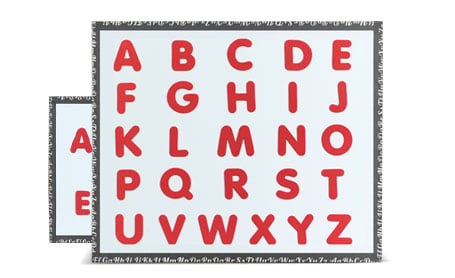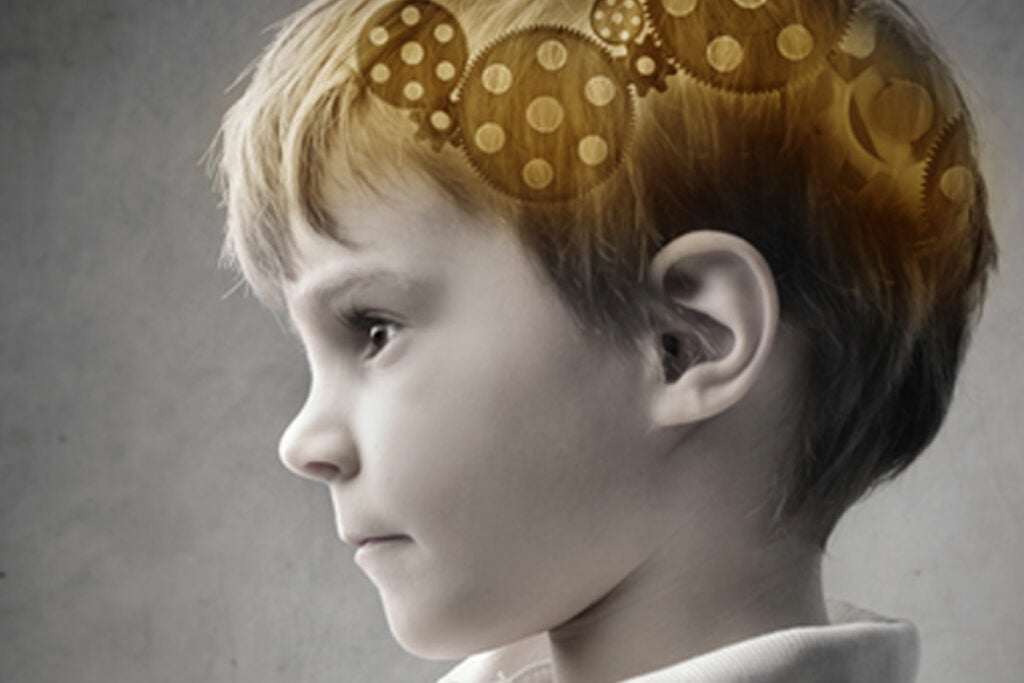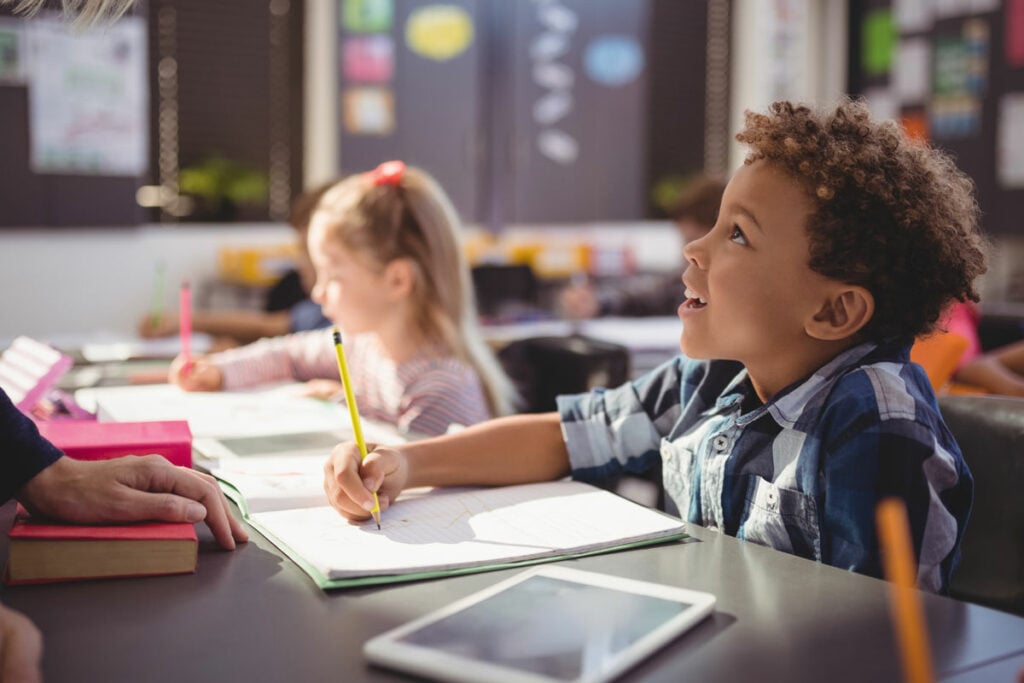Our Blog

Have you ever started dreaming and suddenly realized that you were in a dream? Have you ever managed to gain control over your dream narrative? If your answer to either of these is “yes,” you have experienced what is called lucid dreaming. If your answer is “no,” it is still possible to learn how to gain consciousness in your dreams!

Not only is it fun to sing along to Fergie about our fitness, we all know that regular exercise is great for both your physical and mental health. That fact is not any different for our spellers - it is a great purposeful motor that can improve health, promote regulation, and integrate the brain and the body for refined control.
Imagine a world where you do not get the option to voice your opinion when decisions are made that affect your daily life. This is an unfortunate reality for many with disabilities. Now, imagine you do not have the ability to talk, so you quite literally cannot voice your opinion about these decisions… Our nonspeakers live this reality every single day.
Supplies
Stencils are the standard starting point for S2C. We designed these durable stencils for practicing the motor skills for communication.
Sensory boards are used as an accommodation for those who have difficulty using the stencils. Sensory boards are constructed of corrugated plastic with raised foam letters.
Kits & Guides
Videos
Learn S2C At Growing Kids Therapy Center
Growing Kids Therapy Center is dedicated to teaching nonspeaking, minimally speaking, and unreliably speaking individuals how to Spell to Communicate (S2C). Our diversely talented staff meets the needs of our clients with motor and sensory differences.
Tour Growing Kids Therapy Center
From checking in to meeting your S2C practitioner to wrapping up your appointment. Experience a walk-through of the GKTC space.
Spelling to Communicate
Spelling to Communicate teaches individuals with motor challenges the purposeful motor skills necessary to point to letters to spell as an alternative means of communication (AAC). The goal is to achieve synchrony between the brain and body. Skilled and rigorously trained communication partners teach purposeful motor skills using a hierarchy of verbal and gestural prompts.
Research
Eye-Tracking Reveals Agency in Assisted Autistic Communication
About one-third of autistic people have limited ability to use speech. Some have learned to communicate by pointing to letters of the alphabet.
Motor Sensory Difference and Apraxia in Autism
Nearly two-thirds of autistic individuals are also apraxic. Apraxia is a neurological condition affecting the ability to perform actions, such a speech and purposeful movement of the body, on demand.
Traditional Assessment measures underestimate individuals with motor differences
Current means of assessing cognition, language and academic achievement may be underestimating the ability of nonspeaking individuals.













